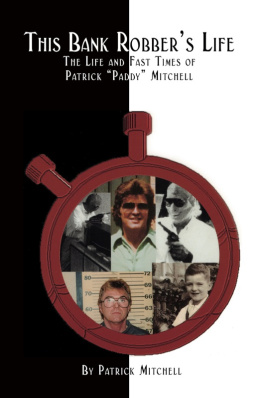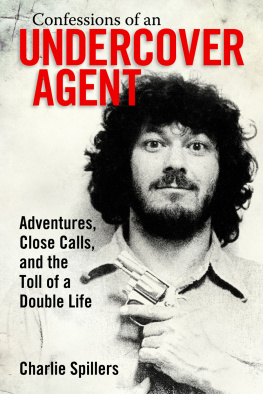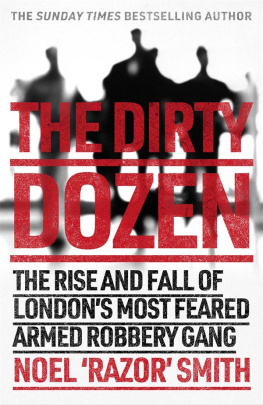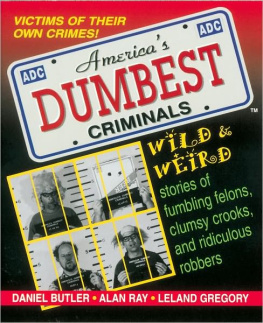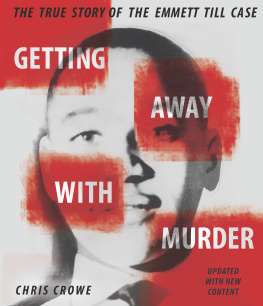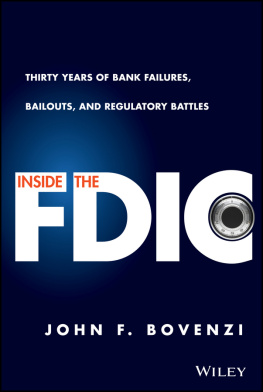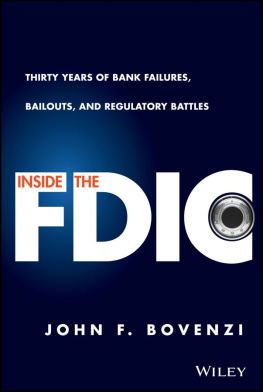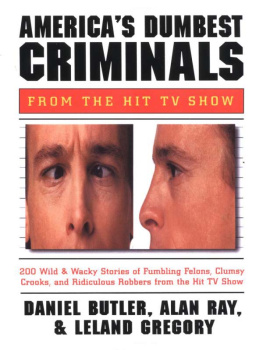Praise for John Hailmans Thomas Jefferson on Wine
A fascinating look at our third president
and the evolution of his lifelong love of wine.
The Wall Street Journal
The book is a must for anyone interested in both
the favorite son of Virginia and the fruit of the vine.
Those who love both should read it twice.
The Washington Times
Exhaustively researched and entertaining.
City Journal, New York
If your idea of a good evening is sitting down to a Simon Schama
history program with a bottle of claret, then this is the book for you.
Decanter Magazine, London
John Hailman brings out the most epicurean side
of the most celebrated of American Francophiles.
The Figaro International, Paris
Hailman has done an exhaustive study and provided
a valuable window into who Jefferson really was.
The Wine Spectator
A fascinating exploration of the early days of the modern global
wine trade as experienced by one of the most significant figures
in United States history. Hailman has produced an admirable work
portraying Jefferson in vivid complexity while also illuminating
the joys and frustration of the eighteenth-century wine-lover.
Gastronomica, The Journal of Wine & Culture
Hailman really knows his wines.
New York Times Book Review
From MIDNIGHT to GUNTOWN
From MIDNIGHT to GUNTOWN
True Crime Stories from a Federal Prosecutor in Mississippi
John Hailman
University Press of Mississippi / Jackson
www.upress.state.ms.us
The University Press of Mississippi is a member
of the Association of American University Presses.
All photographs courtesy of the author, unless otherwise noted
Copyright 2013 by University Press of Mississippi
All rights reserved
Manufactured in the United States of America
First printing 2013
Library of Congress Cataloging-in-Publication Data
Hailman, John.
From midnight to guntown : true crime stories from a federal
prosecutor in Mississippi / John Hailman.
p. cm.
Includes bibliographical references and index.
ISBN 978-1-61703-800-6 (hardback) ISBN 978-1-61703-801-3
(ebook) 1. CrimeMississippiHistory. 2. Criminals
MississippiHistory. I. Title.
HV6793.M7H35 2013
364.10922762dc23 2012044379
British Library Cataloging-in-Publication Data available
This book is dedicated to
Wayne Tichenor
Special Agent, Federal Bureau of Investigation
First Lieutenant, United States Marine Corps, Vietnam
The Best Investigator I Ever Met
My Partner in Over 100 Cases
Taken from Us Too Young by Lou Gehrigs Disease
Charles Overby
Friend and Mentor
CEO of the Freedom Forum and Newseum of Washington, D.C.
And the Overby Center at Ole Miss
Without Charles, This Book Would Not Exist
To the Women in my life:
Regan McGrew Hailman, my loyal wife of 44 years; and to Our Daughters
Dr. Allison Hailman Doyle, Lt. & Sr. Medical Officer, U.S. Navy
Lydia Hailman King, French Teacher extraordinaire
And to Our Beautiful Granddaughter,
Abbey McGrew Doyle
Smart as a Whip and Quick as a Cat
Our Hope for the Future.
The United States Attorney is the representative not of an ordinary party to a controversy but of a sovereignty whose obligation is to govern impartially, and is as compelling as its obligation to govern at all, and whose interest in a criminal prosecution is not that he shall win a case, but that justice shall be done
As such he is in a peculiar and very definite sense the servant of the law, the twofold aim of which is that guilt shall not escape nor innocence suffer. He may prosecute with earnestness and vigor; indeed, he should do so. But while he may strike hard blows, he is not at liberty to strike foul ones. It is as much his duty to refrain from improper methods calculated to produce a wrongful conviction as it is to use legitimate means to bring about a just one.
Mr. Justice Sutherland in Berger v. U.S., 295 U.S. 78 at 84 (1935)
Contents
Preface
The idea for this book came from a good source: singer/songwriter Willie Nelson. Several years ago, I was attending a seminar in Austin, Texas, when my old friend and fellow prosecutor, James Tucker, said, Meet me at the back door of the hotel at precisely 6:00 P.M., and dont tell anyone where were going. The second part was easyI had no idea where we were going. At the appointed hour, James ushered me into his rental car with two other old friends: Lee Radek, chief of the Justice Departments Public Integrity Section, and Marshall Jarrett, head of the Office of Professional Responsibility, the dreaded ethics watchdog of DOJ.
Was I in trouble? Somehow I didnt think so. James said, Were headed to Willie Nelsons ranch for a barbecue. My daughter married Willies nephew. It was a memorable evening. Willie and his nephew played speed chess on a lighted board while we ate barbecue under the stars and his sister and his wife and their two little boys kept things lively. One thing did worry me at first: How would Willie Nelson feel about being surrounded by Feds after his well-publicized troubles with the IRS? Turns out it was no problem. We began swapping courtroom war stories. Willie liked my stories about incompetent bank robbers like the one whose getaway car wouldnt start and the one who wrote his demand note on the back of his personal check.
The next day, as we were leaving, Willie told James, That fellow from Mississippi who tells those stories. Bring him back. He should write a book. That comment got me started. I began to keep records of our more interesting casesnot only the bank robbers, but the scam artists, hit men, protected witnesses, colorful informants, defendants with funny nicknames, over-the-top investigators, and those defendants who had a certain roguish charm. Civic clubs and book clubs began to invite me to tell them war stories. By the time I retired in 2007, I had more than thirty-five boxes of files full of trial storiessome funny, some tragic, all unique in a Faulknerian way. Several of the characters have since had whole books written about them like Dickie Scruggs, Emmett Till, Chicago gang leader Jeff Fort and Paddy Mitchell, leader of the most successful bank robbery gang of the twentieth century, the guys who wore rubber masks of ex-presidents like Mitchell in the Nixon mask proclaiming during a robbery, I am not a crook. That part of their act was portrayed in the movie Point Break with Patrick Swayze.
I first started telling bank robber stories earlier when Bill Ferris, director of the Center for the Study of Southern Culture at Ole Miss, asked me to give a talk on them. For a title I suggested Bank Robbers Ive Known. Bill said, Oh, no, no. It has to be academic-sounding. He said, tongue-in-cheek, They think we are a serious University department, you know. The next day I proposed, Prologomena to a Cultural Study of the Southern Bank Robber. He liked it. Bill loves stories and is himself a great storyteller which led to his being named Director of the National Endowment for the Humanities. From that post, he gave great support to my first book, a biography of Thomas Jefferson and his love of fine wines.
The basic thesis for the Southern Culture lecture was to contrast northern and southern bank robbers, a takeoff on President Kennedys famous remark about Washington, D.C., being a combination of southern efficiency and northern charm. In my experience, the typical northern bank robber would enter a bank, rudely cut in line, curse the tellers, and threaten to kill anyone who resisted. He would then successfully escape with the loot. The typical southern bank robber, by contrast, would walk calmly into the bank; wait politely in line; say, Please give me all your money; thank the teller; leave quietly; and get into his old broken-down getaway carwhich wouldnt start. Variations on that theme are recounted throughout this book.
Next page


